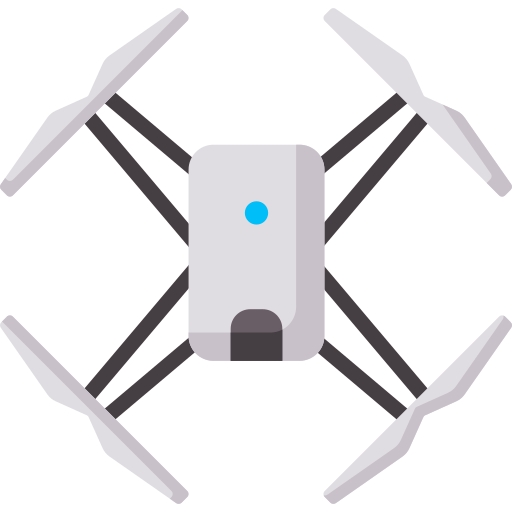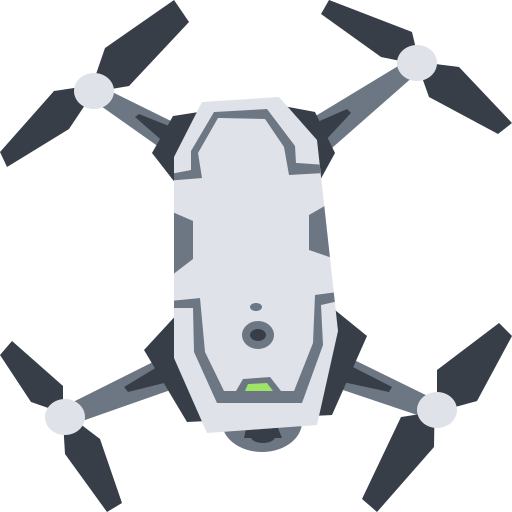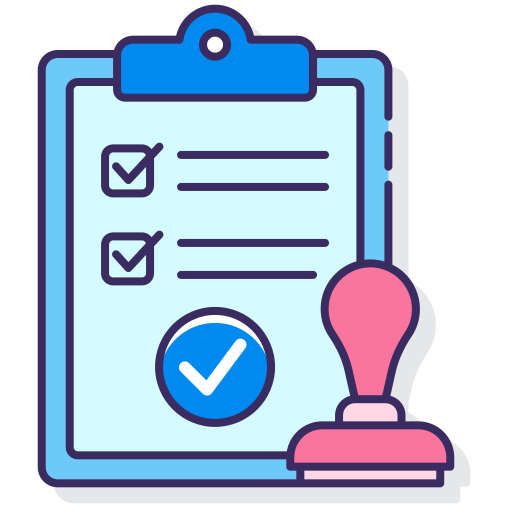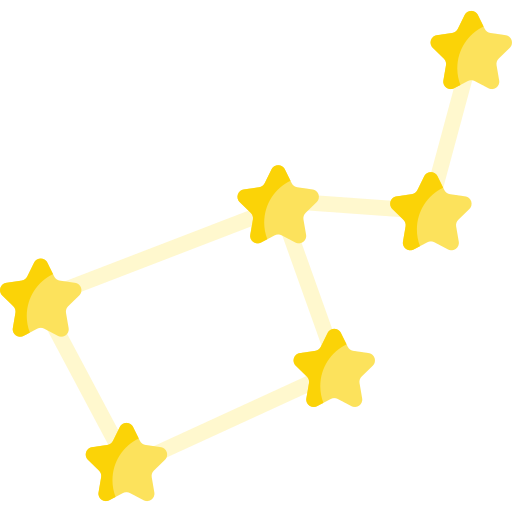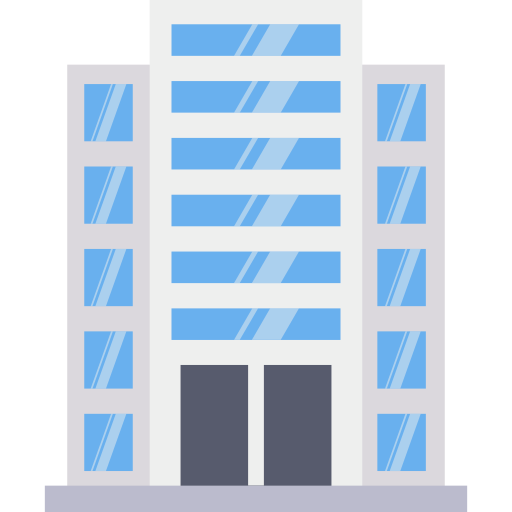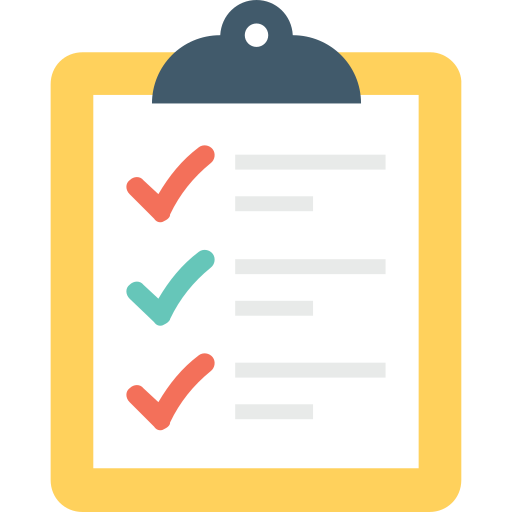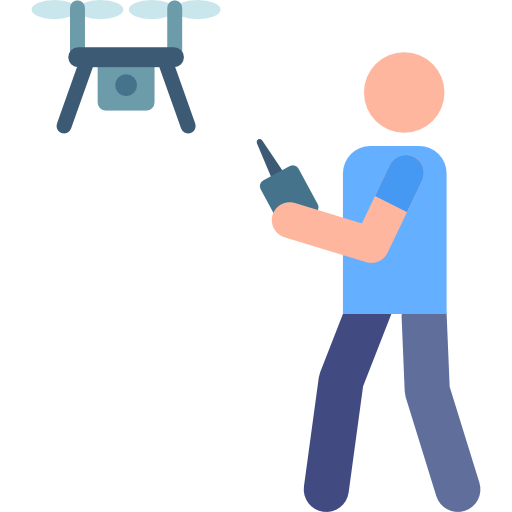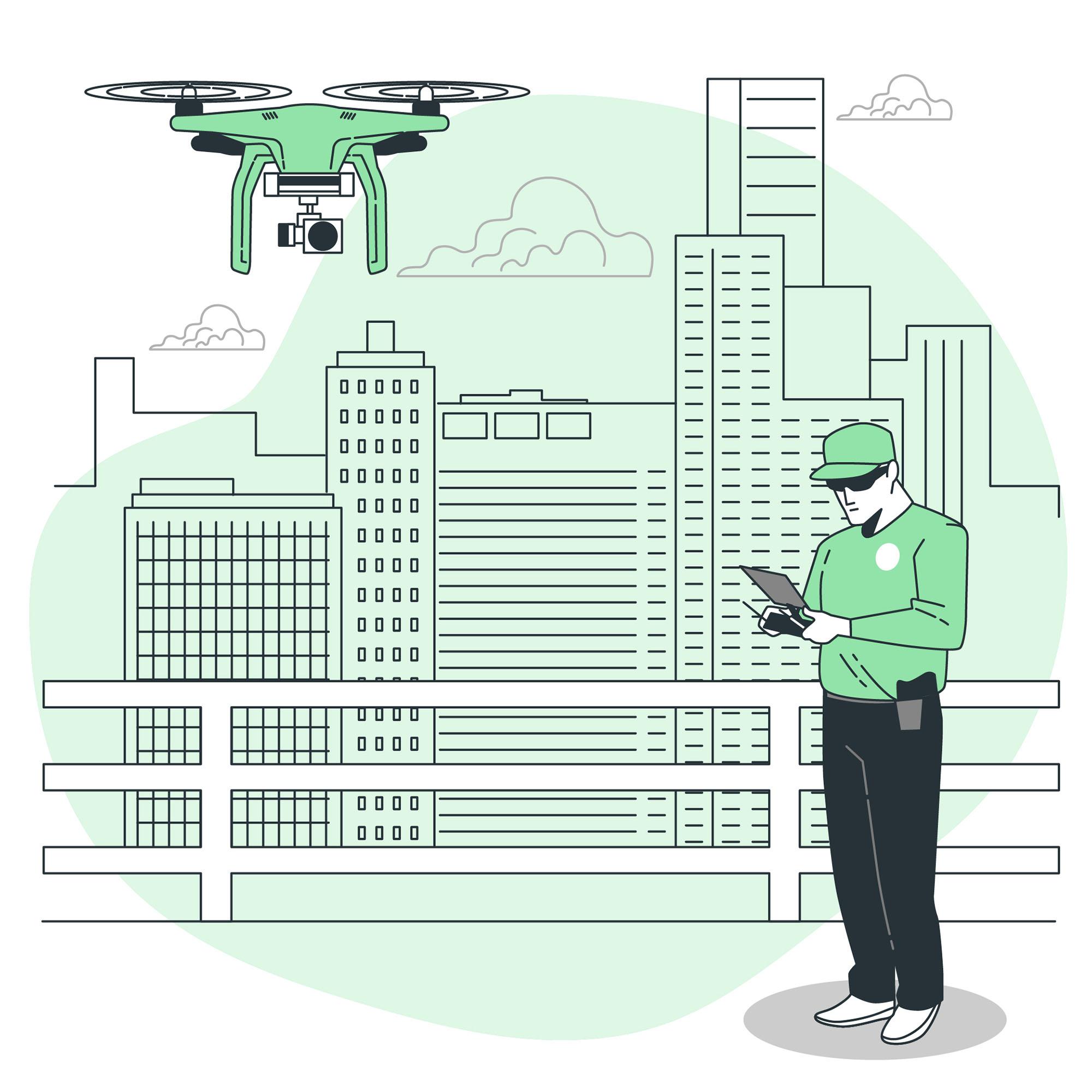Remotely Piloted Aircraft System (RPAS)/ Drone / Unmanned Arial Vehicle (UAV) is a flying robot that can fly autonomously through software controlled flight plans in their embedded systems working in conjunction with onboard sensors and GPS.
- Photography for Real estate
- Film Making
- Special events
- Journalism
- Agriculture – To apply liquid pesticides, fertilizers, herbicides, seeding, farm land mapping & surveying, crop theft or theft by animal etc.
- Surveying capabilities and point the way to new excavation sites for mapping archaeological remains.
- Infrastructure Inspections – Key Infrastructure inspections from power lines to pipelines, which are often in hard-to-reach, dangerous places to mitigate hazardous, time consuming and expensive work. Not only are they cutting costs, reducing time and decreasing injuries, but with drones, Individual can also obtain high- quality, detailed images of overhead utility lines to look for damage, corrosion and more. They are able to provide engineers with real-time data, images and post-inspection analysis—the benefits of which are causing a shift away from traditional utility inspection methods. Carries on commercial Inspection of Bridges, Cell & TV Towers, Wind Turbines, Power lines, Pipe Lines & even solar panels. Checks roofs, chimneys, sliding, bricks and other structures for exterior damage as Residential Home Inspection.
- Wildlife - Used for wild life Management & conservation where wildlife drones can be used in many different ways, from small multi-rotor units that canscare invasive birds away from crops, to fixed- wing aircraft that fly above rainforests to spot orangutan nests. Provides more precise datathan traditional ground-based techniques when it comes to monitoring seabird colonies.
- Law Enforcement - Individual may use it for law and order and aerial surveillance in police departments for Public Service Surveillance.
- E-commerce - Applies it in E-Commerce: for a variety of purposes: to take inventory, streamline its distribution system and use for deliveries to customers.
- Medical - Medical drones are the future of disaster relief, providing much-needed help to isolated areas.
- Sports - Can take part in Drone Aerobatics show & Aerial Advertising.
